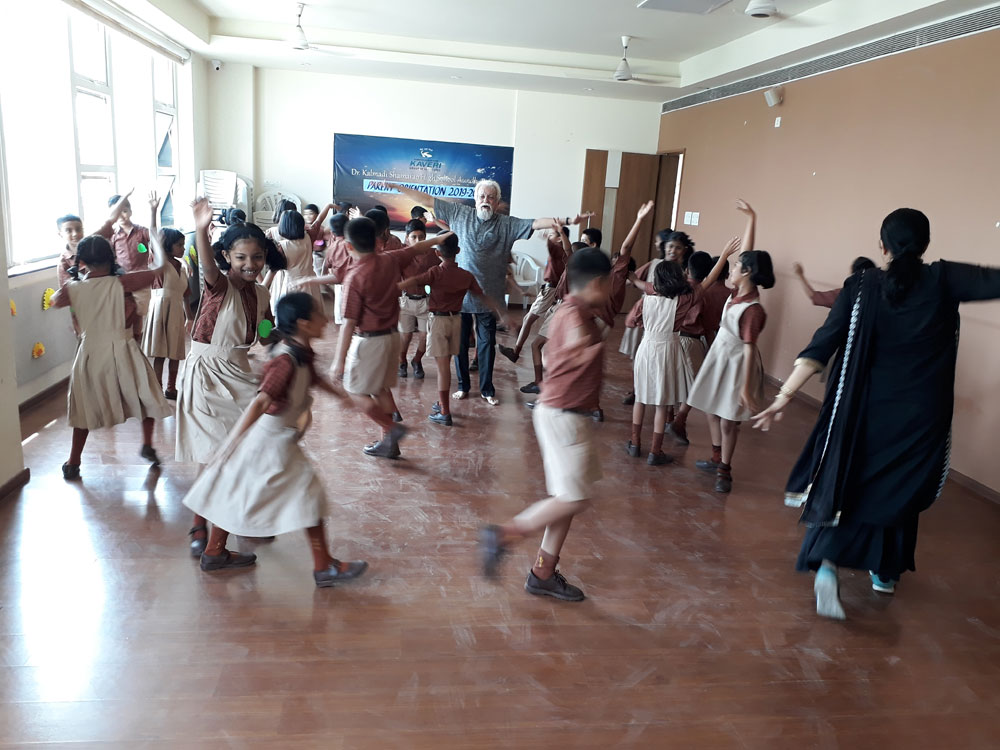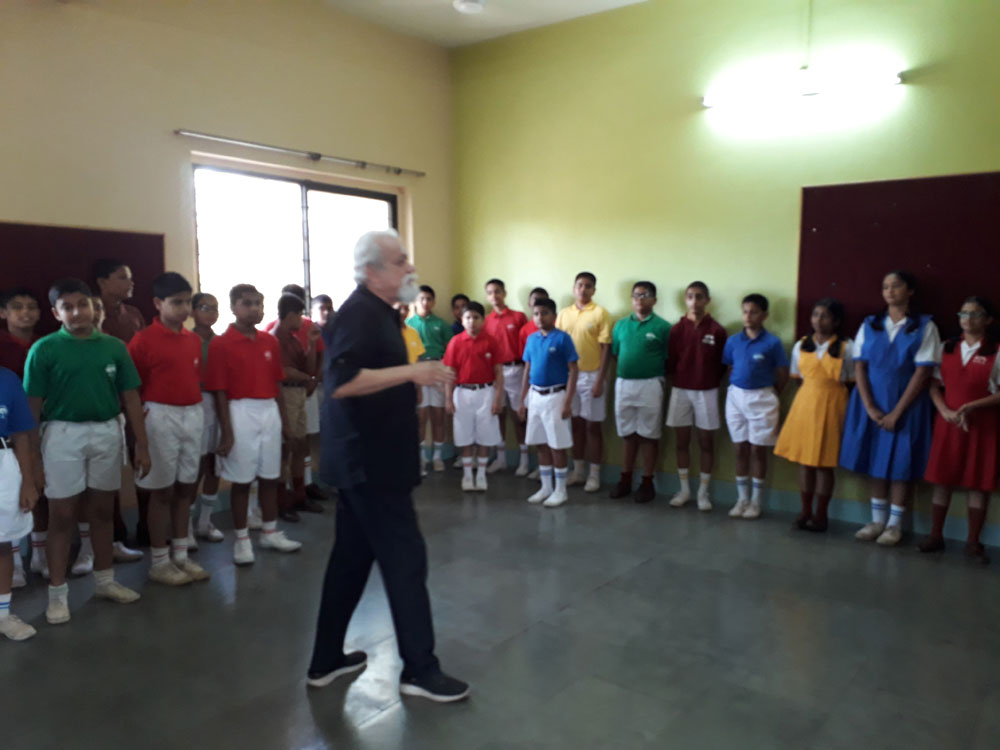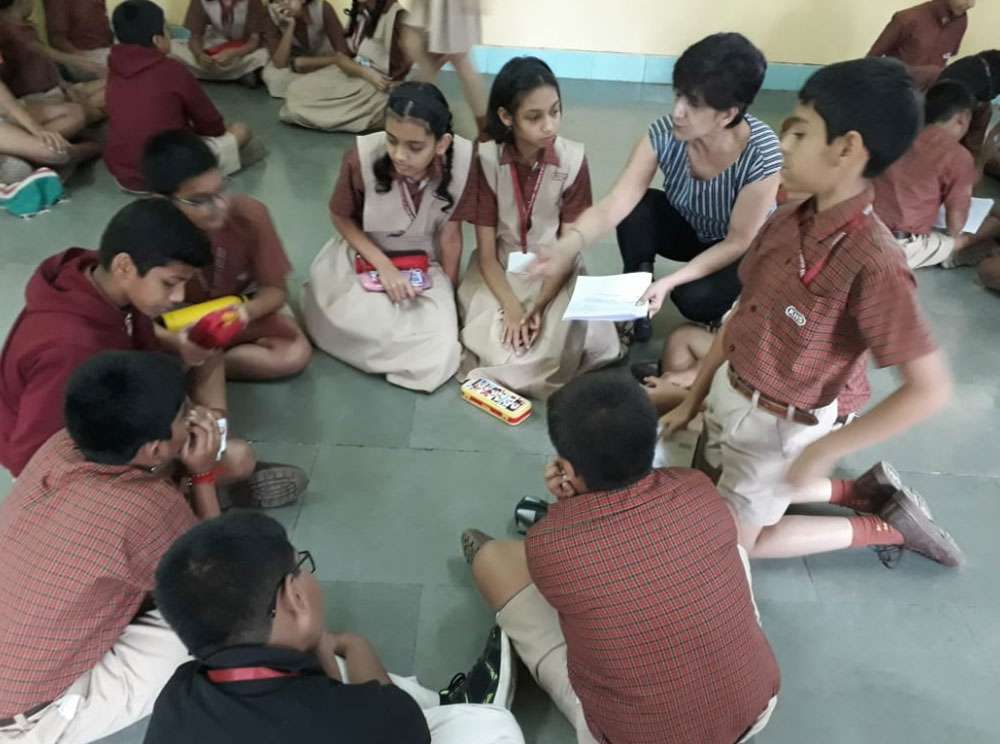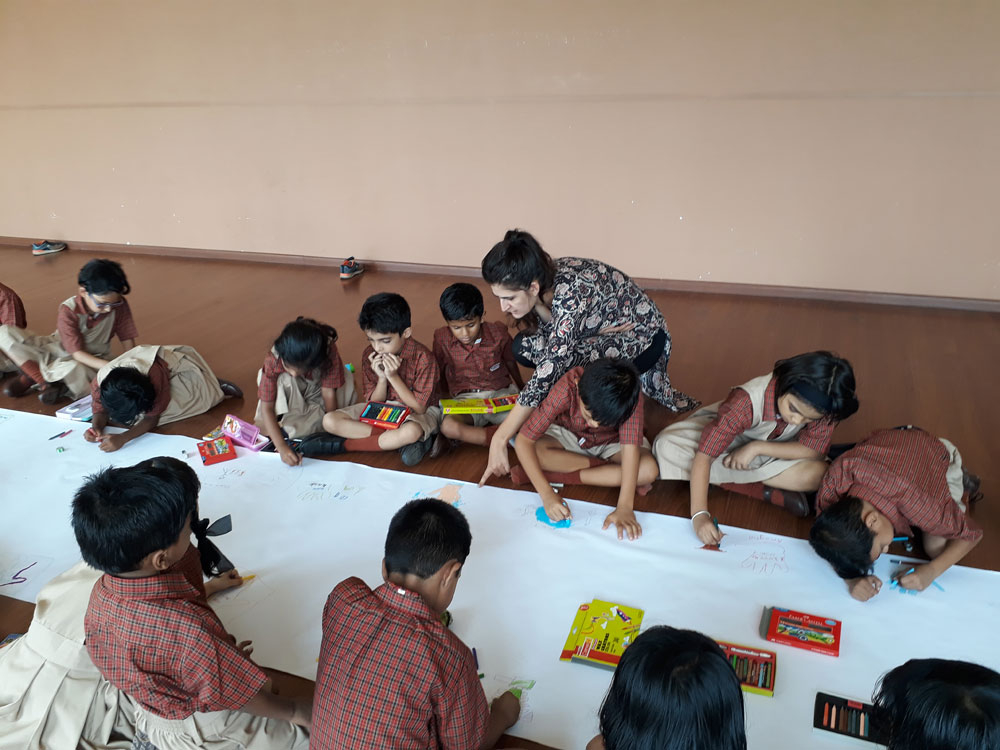Creative self-expression
I spent a good part of the night writing the story and went to school the next day, bursting with confidence, sure that
I was going to nail the man. Well, I turned up in school and he asked the entire class to take out our ‘homework’ books in
which we were expected to have written the story. I smugly shuffled through my school bag, determined that I was going to
blow him to pieces with my blunderbuss.
But as it turned out, he held the blunderbuss and I was the one who was going to be wrecked. I HAD LEFT MY BOOK AT HOME.
I quickly kicked dust over the disaster and fished out another brown paper covered notebook (all homework books were covered with brown paper).
I thought that had hoodwinked him. Obviously not. "You," he snapped, pointing to me, 'read.'
I opened my notebook and stared helplessly at the unwritten pages. Then I collected my wits and started reading the
story aloud…straight from my memory of it, spicing it up on the way. The class was delighted and responded appreciatively,
cheering and clapping me on as I cracked joke after joke and transformed the piece of cheese into unimaginably varied shapes
in its effort to dupe the mouse. So involved was I in the story that I had forgotten to turn the pages and often didn’t even look at the notebook.
“You are a magician,” the man bellowed, walking up from behind me, "you can see words on blank pages. You need a reward."
Three resounding slaps followed.
I thought that I had done an amazing job as a storyteller but according to him I was a liar.
In those days a kicking, a slapping, a strapping or a caning were the order of the day and we received them with gratitude,
relieved that our parents hadn’t been informed else we would have got an even more fierce slamming.
Well, the flip side of the humiliating experience is that I went home and wrote my first poem, The Sky.
It described the beauty and majesty of the infinite blue dome above me. There was no obvious connection between the two.
It has taken me more than four and a half decades as an educationist to prove that there is in fact a hidden connection.
Creative self expression cleanses, liberates and empowers.
That single poem expanded my spirit in such a manner that I had almost instantly risen above and beyond the smallness
of the man and the humiliation of the experience.
Repeatedly, along my many years as teacher, I have worked with children and young people of all ages and helped them
to use the performing, visual and literary arts to explore their feelings, express themselves and learn in their own
way the art of self preservation, self enhancement and self empowerment.
Out of this experience has grown my philosophy of Creative Self Expression.
Put into practise, this approach sees artistic expression as an integral part of an individual’s learning process.
It is often considered that creative arts experience is separate from academic learning. In fact, all creative experience
within an educational institution is considered to be either extra-curricular or co-curricular. From a very early age children
and young people are made to believe and accept that the literary, performing and visual arts experiences are only ‘hobbies’.
However, there is an immediate relationship between the creative and artistic experience and the academic.
Simply put, the experience of the creative arts has the power to enrich the learner’s self-esteem, improve cognitive
abilities, enrich communication skills, and improve overall social and psychological capacities.
A well-adjusted individual makes for an enthusiastic and capable learner and a healthier classroom
atmosphere and offers possibilities for a more dynamic relationship between the teacher and the learner.
By ‘dynamic’ I mean positive, meaningful and humane, discouraging discrimination, bullying, labelling and low self-esteem triggers.
Initially of course, I experimented with focus groups of children and young people and guided them through a
series of creative encounters or workshops built around emotional and social themes out of which they created
their own expressive visual art, wrote stories and composed poems and songs and performed their own work.
I am working towards continuous change, continuous empowerment, continuous evolution, continuous refinement,
continuous celebration of beauty, regaining a meaningful childhood – alive with wonder, self-respect,
inclusiveness and empathy… towards life without sides.
As Ernst Fischer says in his radically path-breaking book, The Necessity Of Art,
"Unless it wants to break faith with its social function, art must show the world as changeable. And help to change it."



